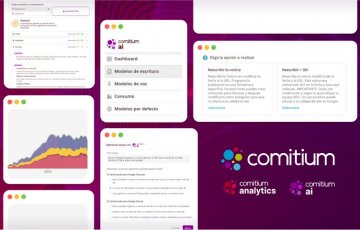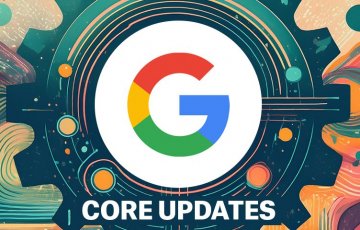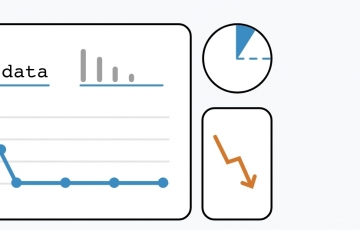Branded Content vs. Native Advertising
Non-intrusive advertising options for your digital media
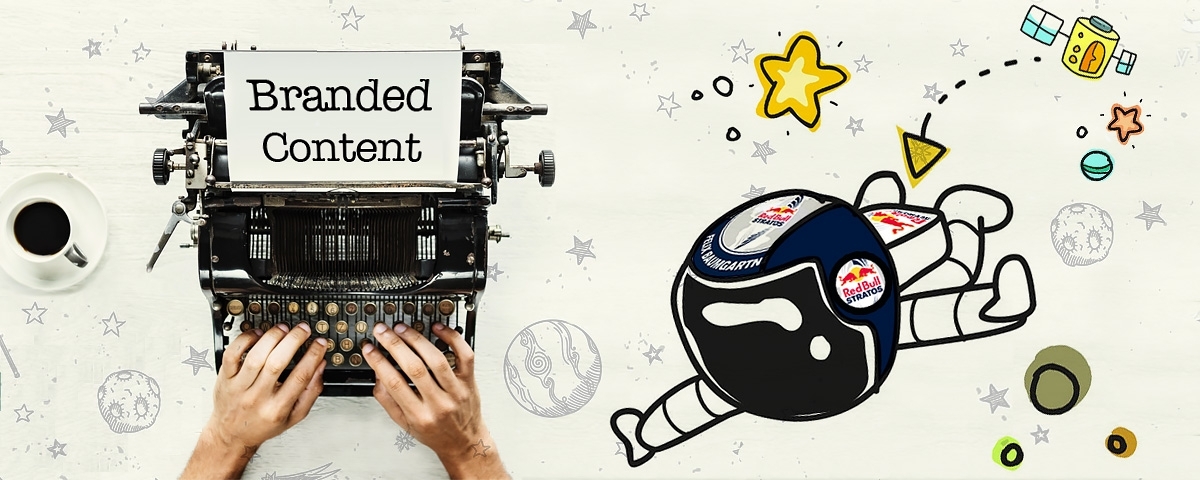
Is there an alternative to the conventional advertising model?
Hello! What's going on?
Now that adblockers and users' information consumption habits have radically changed the online advertising scenario, we want to talk about branded content as the "non-intrusive" alternative to conventional advertising formats to generate awareness and affinity with your potential users in the medium and long term in a more solid way.
As we explained in the last post of the BAB Blog, in mid-February Google has made available to its users the new version of Chrome with a native Adblocker. This fact added to the incursion of a new actor on the scene, the Coalition for Better Ads and its guidelines regarding display advertising formats considered intrusive, have definitely forced a change in the approach and profitability of advertising on the Internet.
We can define branded content as the creation of relevant, entertaining or interesting content, with a non-advertising aspect, generated by a brand with the intention of creating an audience and connecting with it, and how this fact positively influences the qualitative metrics of Google Analytics (page views / session, duration of visit, new users vs. returning users, bounce rate...).
The intention is to implicitly communicate the values associated with the brand, although sometimes it may be in the background or even not appear at all. Surely you remember the stratospheric jump from 42,000 meters of altitude of the Austrian Felix Baumgartner, sponsored by the brand of red bulls, because this is branded content.

Unlike other advertising techniques that aim to be non-intrusive as the product placement, where the brand is a passive element that sometimes does not just integrate into the environment (the typical drink can in the middle of the scene of a series) branded content or branded content has an active control of how and how the message is transmitted, so digital newspapers have the ideal format for the introduction of sponsored content in the middle of the rest of the information of the digital media, as can be the so-called native advertising.
What are the main differences and benefits of branded content and native advertising?
When we talk about branded content we refer to the communication of content specially created by direct demand of an advertiser, even produced by the brand itself with the aim of being recognized in the same content and for users to enjoy it, naturally dissipating the boundaries between advertising and entertainment, always respecting the interests and priorities of users and at the same time generating value.
The brand is in charge of financing quality content, while the media, by giving part of their space in exchange, ask the user to interact with them.
The main benefits of branded content are:
-
They increase the degree of user loyalty with the brand, which we call engagement.
-
They are memorable campaigns for the user because they are associated with a story, sensation or memory, it's the storytelling
-
The content itself adds value, informs and shapes, thus positioning the brand: It's the brandtelling
-
It can be applied to any product, brand or service and in many different formats (Tweets, Facebook posts, surveys, infographics, videos...).
-
Broadens creative possibilities
-
The contents are more viral and can be disseminated by the users themselves or by the so-called earned media, i.e. they do so without compensation.
On the other hand, we understand native advertising as a type of advertising messages naturally integrated with the editorial content of the publication and even with the look & feel of the digital newspaper, a fact that allows it to coexist more harmoniously than other conventional advertising (pop ups, banners, interstitial ads, brand day...) where the advertiser is paying for a space but not in the way it would do for a banner but for an integration with the contents of the media (articles, videos, carousels...) but on equal terms. However, with the obligation to inform at all times in a clear and visible way that it is a sponsored content.
The main benefits of native advertising are:
-
Users find it more enjoyable and less invasive because it is contextual
-
It attracts more attention and is easier to go viral because it is useful.
-
It is measurable and improves conversion because it does not cause click errors like traditional banners, especially on mobile devices.
-
Content promotion can be applied to very different formats (videos, post infographics, playlists, images, other websites, etc.)
-
The cost is not as high as conventional advertising, fewer resources are needed and the implementation time is shorter.
-
The mobile user experience is totally fluid and satisfactory as it adapts perfectly to the device like any other content of the digital publication.
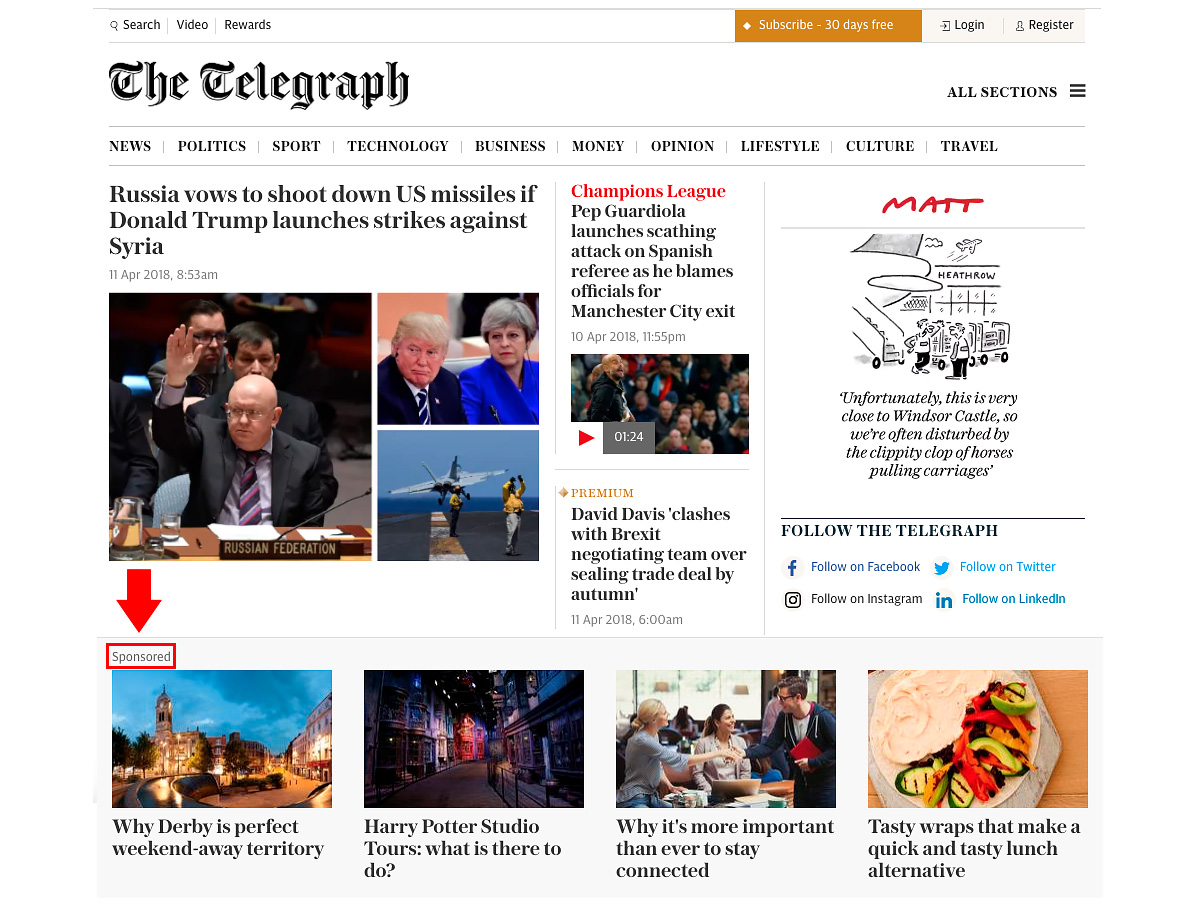
Are there any drawbacks to this type of "non-intrusive" advertising?
As with everything in life, it's not always all advantages, but it should be noted that the benefits far outweigh the weaknesses:
-
The linking of the content or brand to the media or to a particular influencer can be overly associated with the content or brand
-
Content and stories are ephemeral and therefore need constant updates
-
Depending on the format, it has a higher cost in production, promotion and distribution
-
The regulations governing this type of advertising are still somewhat ambiguous.
-
User protection is a little excessive and guarantor-like
-
There are still not many experts in this type of digital media advertising and it is difficult to find reputable professionals who can guarantee results.
How do these types of "non-intrusive" advertising affect your revenue in the short and medium term?
The reality is that this type of non-intrusive advertising generates more acceptance and empathy from users towards brands, services or products while improving and reinforcing the credibility of your digital media. The fact of being the support of communication and what is called "image transfer" can be very positive if it is in line with the identity and personality of your media.
According to a study published by IAB Spain 83% of advertisers use branded content or native advertising on a regular basis in their actions and more importantly, 2 out of 3 plan to increase their annual investment in branded content and native advertising in 2018, and 32% intend to maintain it.
All this makes us think that the online advertising business has to reinvent itself, especially in publishing projects, where users are already beginning to think that in the near future, they will have to pay to consume quality content and where making excessive use of conventional advertising generates rejection and increases disaffection with your medium. They will have to pay to consume quality content and where the fact of making excessive use of conventional advertising, generates rejection and increases the disaffection of users with your medium, so you run the risk of losing users, advertising impressions and you can have a decrease in revenue.
Once again, it is clear that the Internet is a changing medium, just like the information consumption habits of its users. The media that can adapt more quickly to this new reality will maintain and strengthen the links with the most recurrent visitors.
If you liked the content, you can share this post on social networks and 1 like will also encourage us to continue... it's free and you know that the best things in life always are.... ?
If you want to suggest a topic that adds value to the day to day of your editorial project you can do it here and if you want to subscribe to our newsletter, just leave a name and an email in the field below, and you will receive the news of our blog before anyone else.
We will continue talking about what we like the most. Will you be there?
See you soon!
And finally, did you know....
In the next post we'll talk about the changes in the regulations of the GDPR (General Data Protection Regulation), in the new framework of the European data protection regulations, applicable from May 25 and how it can affect your publishing project. We'l talk about all this...

